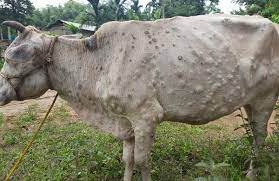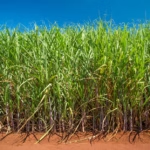Lumpy skin disease (LSD) is a viral disease that affects cattle. It is important to recognize the symptoms of LSD in order to take appropriate measures to prevent its spread and provide necessary treatment. Here are some symptoms to look out for:
- Skin nodules: The most characteristic symptom of lumpy skin disease is the presence of multiple, firm, and raised skin nodules or lumps. These nodules can vary in size and may appear on different parts of the body, including the head, neck, back, and limbs.
- Fever: Infected cattle often exhibit an elevated body temperature, which can be a sign of an underlying infection. Monitoring body temperature can help detect early signs of disease.
- Decreased milk production: Dairy cattle infected with lumpy skin disease may experience a significant drop in milk production. Monitoring milk yields and comparing them to normal production levels can be helpful in identifying potential cases.
- Loss of appetite: Affected animals may show a decreased appetite and reduced interest in feeding. This can result in weight loss and a decline in overall health.
- Generalized weakness: Cattle with lumpy skin disease may exhibit signs of weakness, lethargy, and reluctance to move. They may also display a hunched posture and have difficulty standing or walking.
- Respiratory symptoms: In some cases, infected animals may display respiratory signs such as coughing, nasal discharge, and labored breathing. These symptoms can be more commonly observed in severe cases or when secondary infections occur.
- Eye and nasal discharge: Infected cattle may have discharge from the eyes and nose, which can range from clear to purulent (pus-like). This can be accompanied by conjunctivitis or inflammation of the eye membranes.
It is important to note that these symptoms can vary in severity, and not all infected animals will exhibit every symptom. If you suspect lumpy skin disease or observe any of these signs in your cattle, it is recommended to consult a veterinarian for a proper diagnosis and guidance on appropriate management and control measures.









